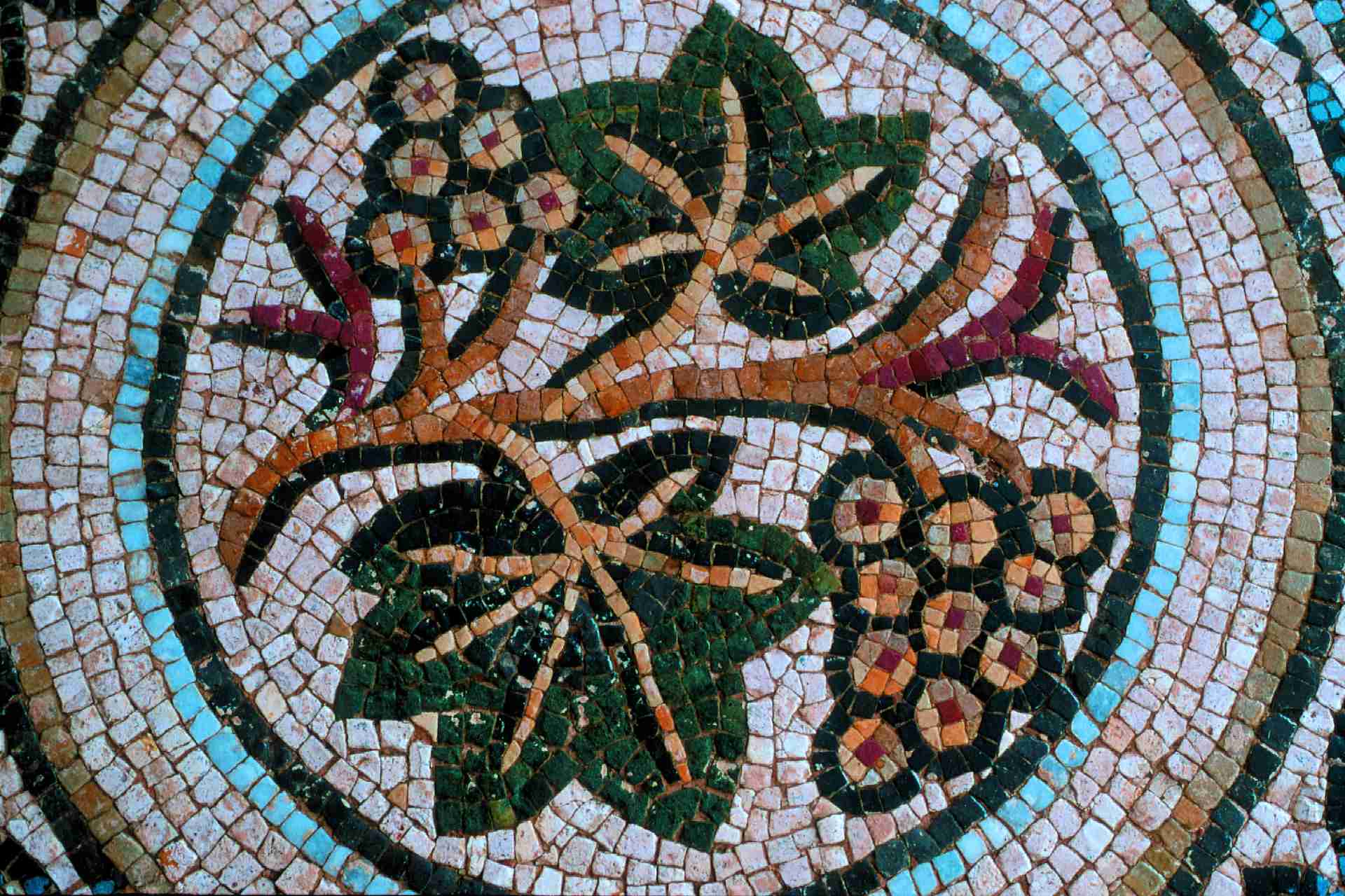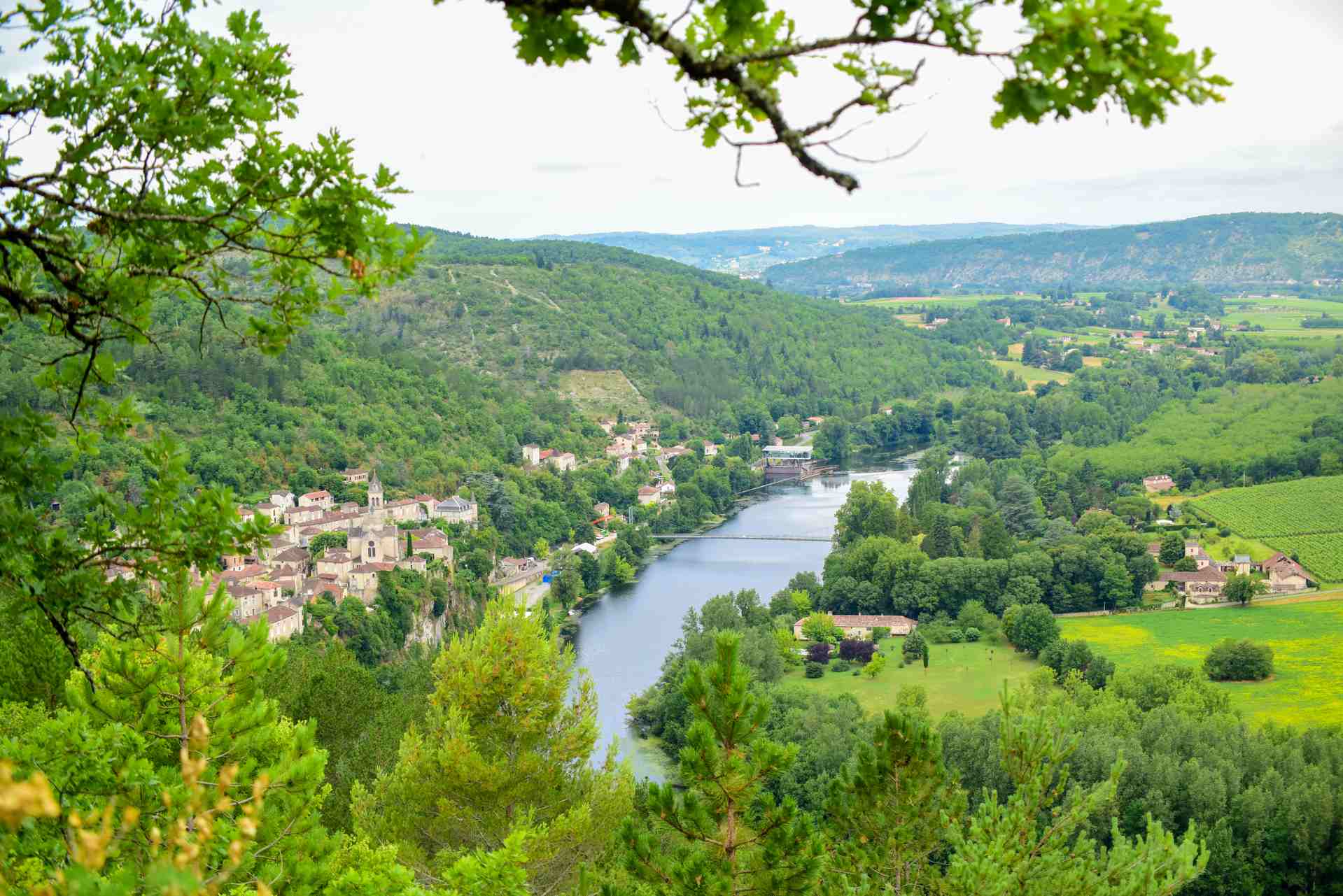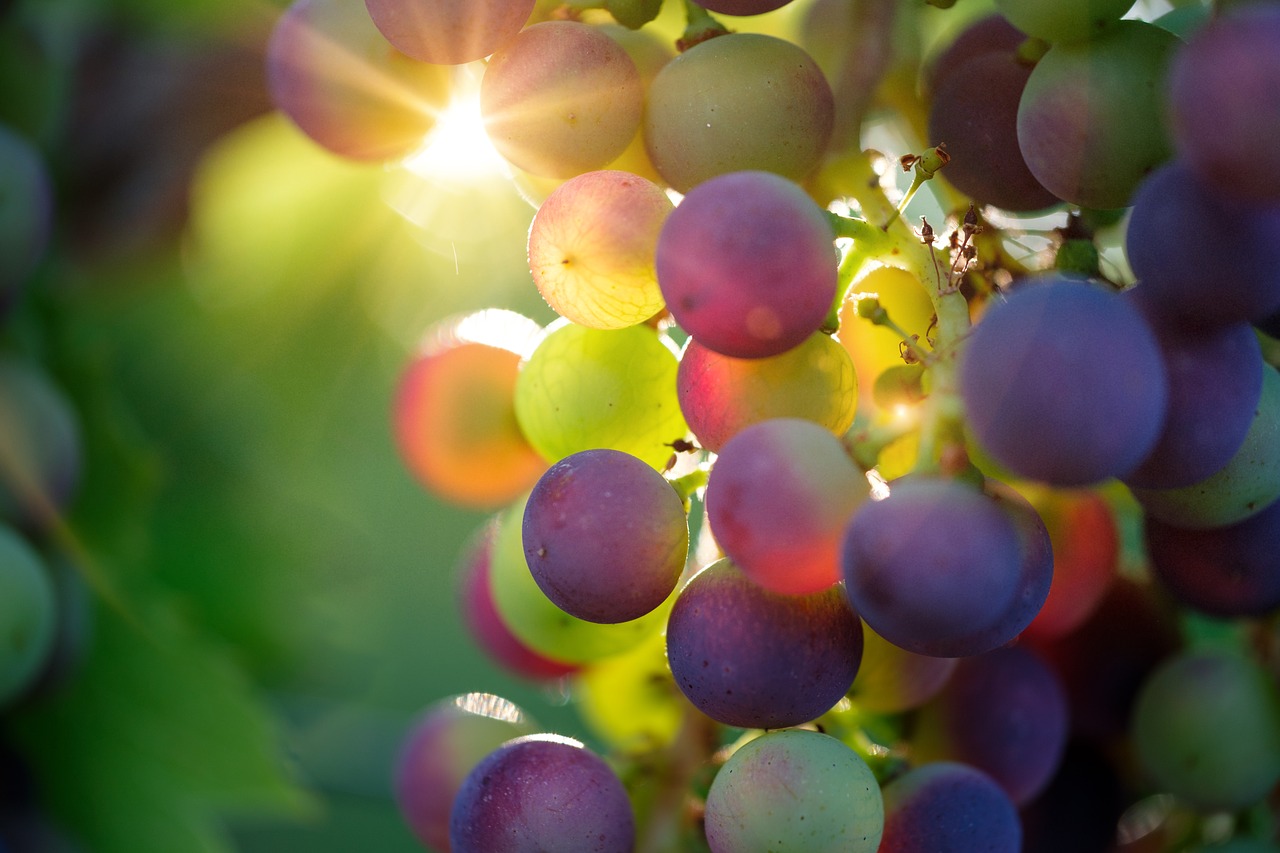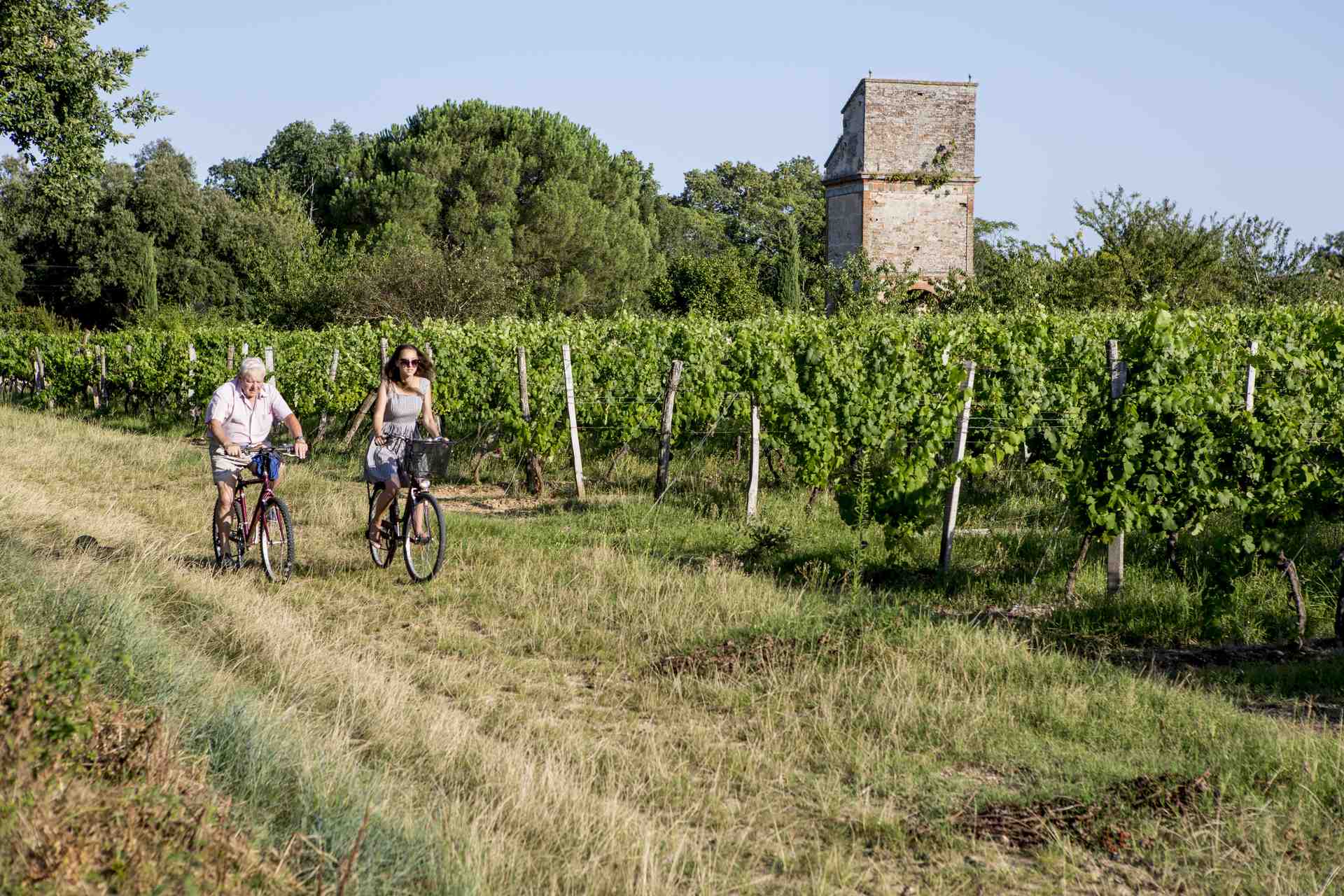Geology
SOUTH WEST VINEYARDS

An infinite variety of soils
The majority of the winegrowing region sits on the tertiary sedimentary terrains of the Aquitaine basin and on the ancient alluvial deposits of terraces from the quaternary period. The soils of the border vineyards are more varied: secondary limestone plateaus to the north, primary and metamorphic terrains in the foothills of the Massif Central to the east, and the complex geological nature of the Pyrenean foothills to the south. This infinite variety contributes greatly to the diversity of Southwest wines.
Some main soil types can be identified:
- Sedimentary soils consisting of molasses of clay, sand and limestone, or light-colored lake limestone, or marine limestone (limestone with asteriacites);
-
Ancient alluvial deposits along rivers during the various ice ages in the quaternary period, in several levels of terraces;
-
Limestone plateaus called causses;
-
Flyschs, sedimentary rocks that appear in the coastal areas in the Pyrenees;
-
Tan sands, pebbles and loess from wind erosion, particularly ideal for growing vines.
Local geological features partly determine the characteristics of each terroir and also manifest themselves in their own terms such as boulbènes (an acidic sandy-clay soil in Gascony) and rougiers (red brick-colored soil in Aveyron).

South West Vineyards
Centre INRA - Chemin de Borde Rouge
CS 52637 - 31321 Castanet Tolosan cedex
Phone : (+33) 5 61 73 87 06
Fax : (+33) 5 61 75 64 39
Contact-us
Monday to Friday : 9 am - 5 pm
Alcohol abuse is dangerous for health. To consume with moderation.



 History
History Territory
Territory Vines and wines
Vines and wines Heritage
Heritage Around the vineyards
Around the vineyards Gastronomie
Gastronomie
